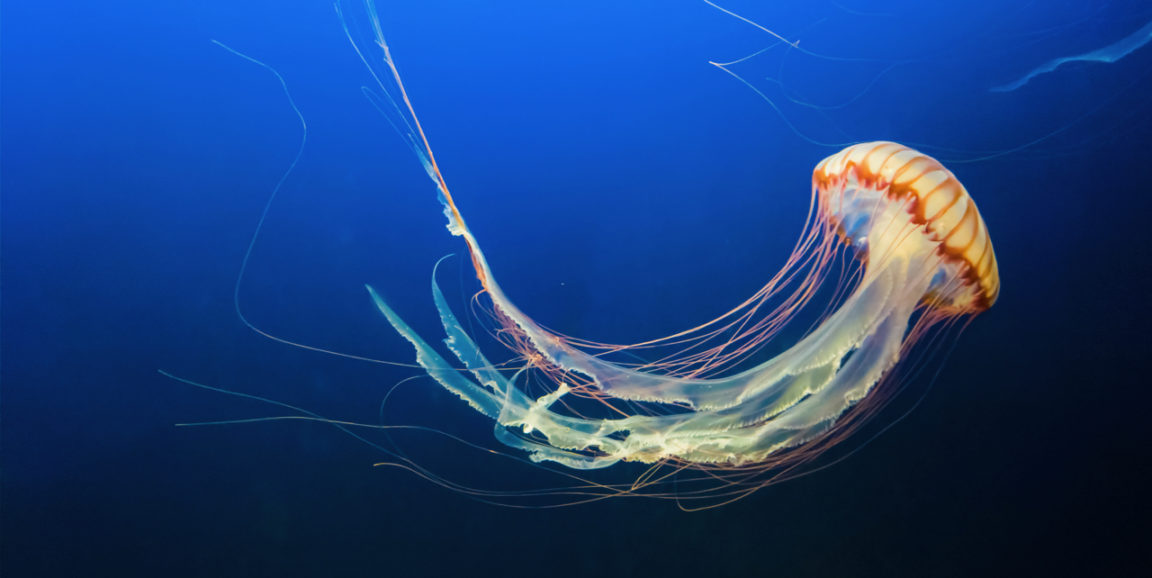
Jellyfish stings are a common occurrence, especially during summer months when people tend to spend more time swimming in the ocean. While most jellyfish stings are not life-threatening, they can be extremely painful and require immediate attention. In this article, we will discuss what to do for a jellyfish sting.
Identify the Type of Jellyfish

The first step in treating a jellyfish sting is to identify the type of jellyfish that caused it. Different species of jellyfish have different types of venom, and the severity of the sting can vary depending on the type of jellyfish. Some of the most common jellyfish species that cause stings include the box jellyfish, the Portuguese man-of-war, and the sea nettle.
Get Out of the Water
If you are stung by a jellyfish, the first thing you should do is get out of the water. This will help prevent further stings and give you a chance to assess the severity of the sting. If you are in a public area, inform a lifeguard or medical professional immediately.
Rinse the Affected Area with Vinegar

Vinegar is an effective treatment for most jellyfish stings. It helps to neutralize the venom and reduce the pain and swelling. If you have vinegar on hand, rinse the affected area with it for at least 30 seconds. If vinegar is not available, rinse the area with saltwater instead.
Remove Any Tentacles

If the sting was caused by a box jellyfish or Portuguese man-of-war, you may have tentacles still attached to your skin. It is important to remove these as soon as possible to prevent further stings. Use tweezers or gloved hands to carefully remove any tentacles, taking care not to touch them directly with your bare skin.
Apply a Hot Compress

Applying a hot compress to the affected area can help to alleviate pain and reduce swelling. Use a towel or cloth soaked in hot water and apply it to the sting for 20-30 minutes at a time. Be sure to test the temperature of the compress before applying it to avoid burning your skin.
Take Pain Medication

If the pain from the sting is severe, you may need to take pain medication to help manage it. Over-the-counter pain medications such as ibuprofen or acetaminophen can be effective in reducing pain and inflammation.
Seek Medical Attention

If the sting is severe or if you are experiencing any allergic reactions, seek medical attention immediately. Symptoms of an allergic reaction can include difficulty breathing, rapid heartbeat, and swelling of the face, lips, or tongue.
Preventing Jellyfish Stings

The best way to deal with a jellyfish sting is to avoid getting stung in the first place. Here are some tips to help prevent jellyfish stings:
- Swim in designated areas where jellyfish activity is low.
- Wear protective clothing such as wetsuits or rash guards.
- Avoid touching jellyfish, even if they appear to be dead.
- Be aware of the jellyfish season in your area and take extra precautions during this time.
Conclusion
Jellyfish stings can be painful and frightening, but with the right treatment, they can be managed effectively. If you are stung by a jellyfish, remember to identify the type of jellyfish, get out of the water, rinse the affected area with vinegar or saltwater, remove any tentacles, apply a hot compress, take pain medication if necessary, and seek medical attention if the sting is severe. By taking these steps, you can minimize the pain and discomfort of a jellyfish sting and ensure a speedy recovery.